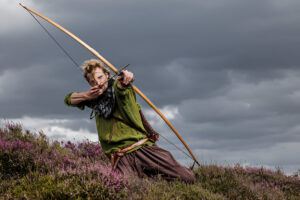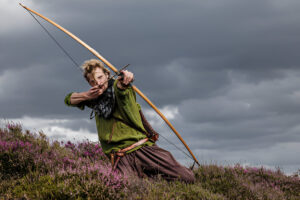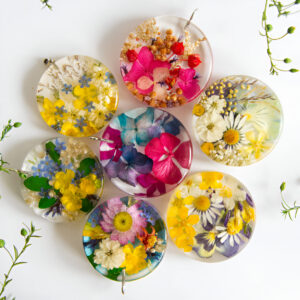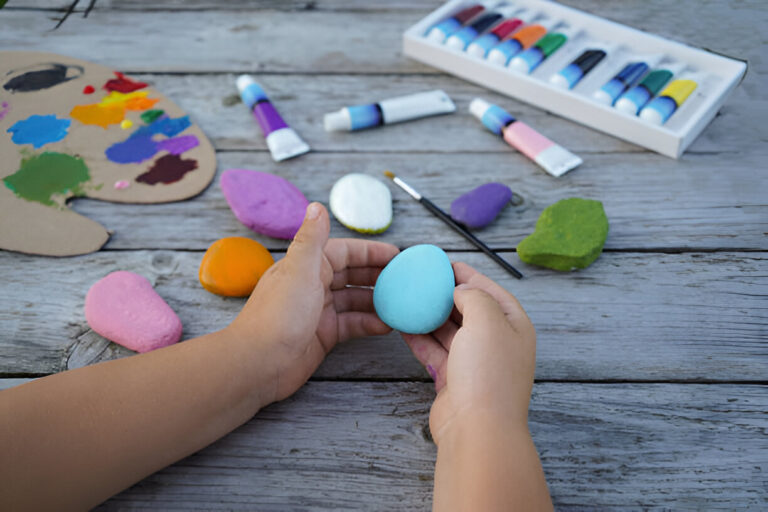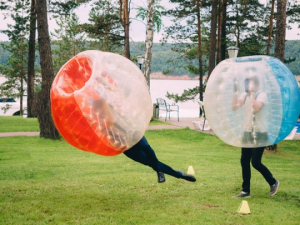Acrylic painting is an exciting and versatile medium that allows artists to create vibrant and textured artworks. Whether you’re a beginner or an experienced artist, painting a bear portrait can be both challenging and rewarding. In this step-by-step tutorial, we’ll guide you through the process of creating a stunning bear portrait using acrylic paints. By the end of this guide, you’ll have the skills to capture the beauty and power of one of nature’s most majestic creatures.
Materials You Will Need:
- Acrylic paints (basic colours like black, brown, white, yellow ochre, burnt umber, and sienna)
- A variety of paintbrushes (flat, round, and detail brushes)
- A canvas (preferably 16×20 inches)
- A palette for mixing paints
- Water container and paper towels
- A pencil for sketching
- Palette knife (optional for texture)
- A reference image of a bear (to guide your painting)
Step 1: Prepare Your Canvas
Start by setting up your work area. Lay your canvas flat on your easel or table, ensuring that it’s clean and dry. If you’re using a pre-primed canvas, it’s good to apply a thin layer of white acrylic gesso as a base coat. This helps the paint adhere better and prevents the canvas texture from interfering with the painting.
Once the canvas is prepared, lightly sketch the outline of the bear’s face using a pencil. This will serve as a guideline for your painting. Focus on the overall shape of the head, the placement of the eyes, nose, and ears. Don’t worry about perfect details just yet, as the paint will help define everything later.
Step 2: Underpainting the Bear’s Shape
The next step is to establish the base colours and shadows for the bear’s face. For this, you’ll use an underpainting technique with a monochromatic brown or greyish wash. This will give your bear a solid foundation.
- Mix a base colour: Start by mixing burnt umber with a small amount of black for a dark brown shade. Thin the paint with water to create a wash-like consistency.
- Paint the face: Apply this wash lightly to the areas that will be shadowed, such as beneath the eyes, under the nose, around the cheeks, and the sides of the face.
- Define the light areas: Use a diluted mix of white and yellow ochre to define the parts of the face that will catch the light, like the forehead and the upper parts of the cheeks. This helps to create a sense of depth.
Once the underpainting is done, let it dry completely before moving on.
Step 3: Adding the Base Colours
Now that your underpainting is set, it’s time to start adding the main colours. Use a combination of browns, yellows, and whites to capture the richness of the bear’s fur.
- Fur Colouration: Mix a combination of burnt sienna, yellow ochre, and a little white to create the base fur colour. Begin applying this colour over the entire face of the bear. You don’t need to cover the whole area at once; instead, build up layers of paint.
- Work from light to dark: Start with lighter colours and gradually add darker tones to areas like the ears, around the muzzle, and the eyes. Use burnt umber and black for these darker areas, adding subtle layers to give the fur depth.
- Brushwork: Use a flat brush for larger areas and a round brush for finer details. The strokes should mimic the direction of the fur, helping to add realism. You can also use a palette knife for texture in areas like the nose or rough fur.
Let the base colours dry before moving on to the next step.
Step 4: Adding Depth with Shadows and Highlights
To bring the portrait to life, you’ll need to focus on adding depth with shadows and highlights.
- Shadows: Deepen the shadows around the eyes, under the nose, and along the jawline with a mix of black, brown, and a touch of red for a more realistic effect. Apply the shadow tones using a soft, round brush, blending them into the base layers.
- Highlights: Add highlights to the bear’s fur using white or a pale yellow mix. Use a smaller brush to carefully add light areas along the top of the forehead, the cheekbones, and the snout. These highlights will create a sense of light and volume.
Step 5: Detailing the Eyes and Nose
The eyes and nose are crucial for bringing your bear portrait to life. Here’s how to paint them:
- Eyes: Use a round, detail brush to carefully paint the eyes. Start by painting the sclera (the white part of the eye) with white paint. Then, paint the iris and pupil with dark brown or black, adding a hint of light reflection to make the eyes appear more lifelike. The eyes should have a natural shine, so leave a small white spot in the pupil to create that glossy effect.
- Nose: For the nose, mix a deep brown or black with a touch of blue. Use this mixture to carefully paint the shape of the bear’s nose, adding fine details and highlights along the edges for texture. The nose should have a subtle shine, so be sure to add a light touch of white to the tip.
Step 6: Final Touches and Texture
This is where the magic happens, as you refine your portrait to make it stand out.
- Refining the Fur: Use a small, stiff brush to add fine fur texture along the bear’s face, particularly around the muzzle, cheeks, and ears. Vary your brush strokes in length and direction to capture the natural flow of fur.
- Softening Transitions: If any transitions between colours feel too harsh, lightly blend them with a dry brush or a dampened sponge to soften the edges.
- Background: For the background, consider keeping it simple to allow the bear to remain the focus. You can add a light gradient or a subtle forest scene, depending on your preference.
Let the painting dry completely before applying a final varnish to protect the colours and give your artwork a smooth finish.
Final Thoughts
Creating a stunning bear portrait with acrylic paints is an incredibly rewarding project that allows you to explore both technical skill and artistic expression. The key to success lies in layering, building depth, and paying attention to the details, particularly the eyes and the texture of the fur.
Remember, patience is important! Take your time, layer your colours, and don’t be afraid to refine and adjust your painting until you’re satisfied with the result. By following these steps, you’ll have a beautiful bear portrait that showcases your creativity and acrylic painting skills.
FAQs
1. What type of acrylic paint is best for beginners?
For beginners, it’s best to use student-grade acrylic paints, as they are affordable and provide good coverage. You can always upgrade to professional-grade paints later.
2. Can I use a canvas board instead of a stretched canvas?
Yes, canvas boards work just as well as stretched canvases, but they might be more prone to bending if not properly supported.
3. How long does it take for an acrylic painting to dry?
Acrylic paintings typically dry within 15-30 minutes depending on the thickness of the paint. However, it’s best to let your painting dry completely before applying a varnish (usually 24-48 hours).
4. How do I prevent my acrylic paint from cracking?
To prevent cracking, always use an acrylic medium or water to thin the paint, and avoid applying thick layers of paint that might dry too quickly.


